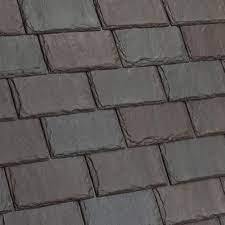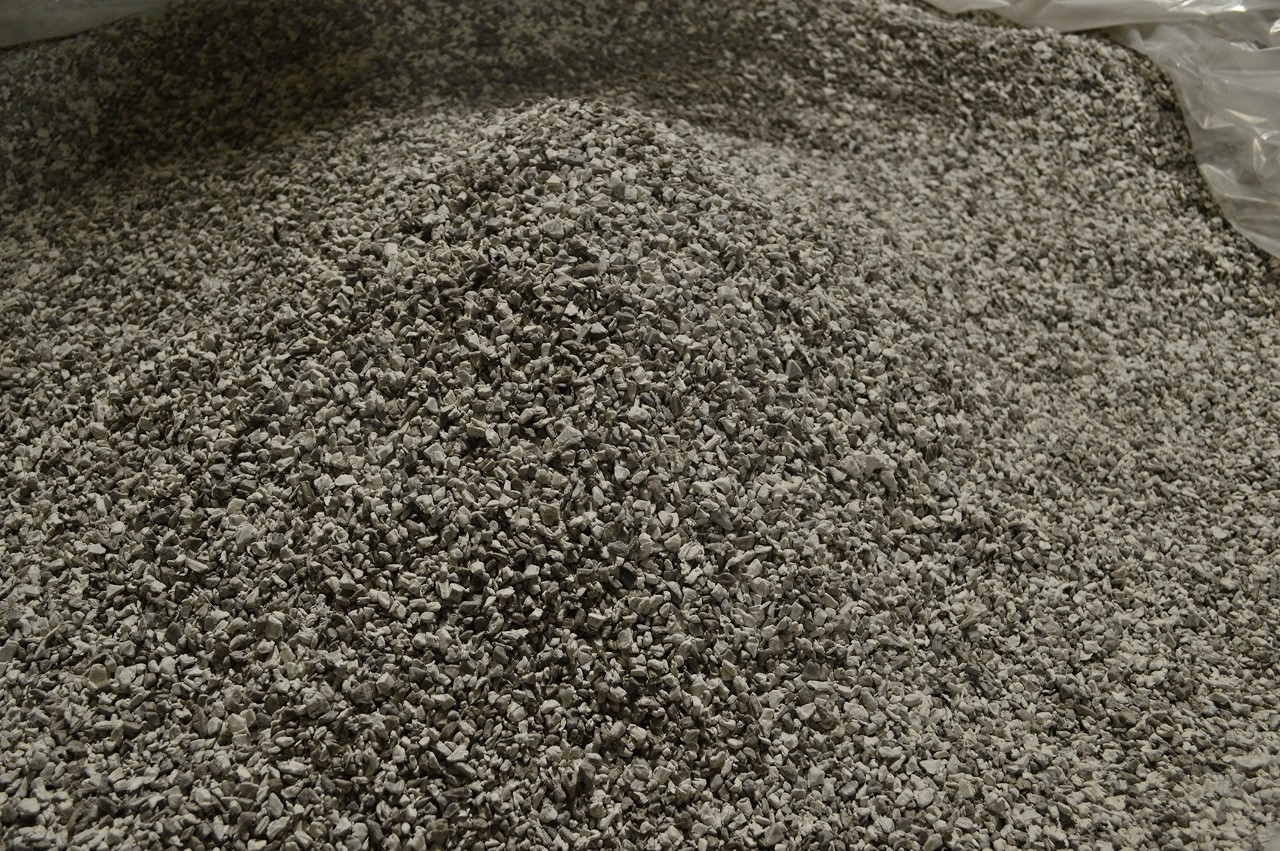Environment-Friendly
DaVinci Roofscapes Marks New Recycling Record, Celebrates ‘Earth Day’ 2023
Company announces banner year of polymer scrap repurposing in ’22

The Earth Flag (often called the Earth Day Flag) was designed by John McConnell in 1970 and is an image (titled "the Blue Marble") of the Earth taken during the flight of Apollo 10 in 1969.
Image courtesy of Wikipedia
Ahead of this year’s commemoration of Earth Day on April 22, which serves as an annual marker of America’s environmental protection movement that began in 1970, DaVinci Roofscapes announced a record-setting achievement in its ongoing effort to be an environmental steward.
The Kansas-based company, a division of Westlake Royal Building Products, reported it successfully recycled nearly 1.7 million pounds of polymer waste in 2022, which the company says is the most it has recycled in its 11-year effort to reduce its carbon footprint.
 Over the past decade-plus, DaVinci says it has reprocessed more than 10.9 million pounds of polymer scrap. The composite slate and shake roofing manufacturer produces roof shingles made of 100% recycled material.
Over the past decade-plus, DaVinci says it has reprocessed more than 10.9 million pounds of polymer scrap. The composite slate and shake roofing manufacturer produces roof shingles made of 100% recycled material.
“This is more than half a million pounds of scrap in excess of what we reprocessed in 2021,” said Mark Pagel, general manager at DaVinci Roofscapes. “For the sixth consecutive year, we have contributed to net zero landfill scrap. Our waste is repurposed and reused, making this plant an exceptionally environmentally friendly operation.”
Top Goal: Zero Waste
According to the company, every pound of polyethylene scrap generated by the company’s manufacturing operation goes into the repurposed product and “green initiatives” are constantly monitored to ensure waste from tile manufacturing is recycled.
 “We make our composite roofing and siding tiles with virgin polymers,” says Pagel. “Our products are created in dozens of colors and color blends [and] when we switch from one color to another, there’s a natural transitioning period between the colors during the change; those transition tiles are ‘off spec’ [cannot be used] so we recycle them.”
“We make our composite roofing and siding tiles with virgin polymers,” says Pagel. “Our products are created in dozens of colors and color blends [and] when we switch from one color to another, there’s a natural transitioning period between the colors during the change; those transition tiles are ‘off spec’ [cannot be used] so we recycle them.”
Pagel said transition tiles are pulled off the production line and segregated into specifically colored scrap bins. In the past year, Pagel said that 635,941 pounds of off-spec tile were ground up and repurposed into “starter” roofing tiles; starter tiles are generally unseen on the roof. Reground product was also inserted into the underside cavity on solid accessory roofing parts, Pagel added, with virgin resins used on the top, visible portion of the product.
The remainder of the recycled product was shipped out of the company’s Lenexa, Kan., facility for use by other concerns. One of those companies, Dimex, another Westlake division based in Marietta, Ohio, used 539,414 pounds of recycled product to make landscaping materials for consumer use. Dimex is one of the country’s largest recyclers of industrial PVC and other plastic materials. The remaining 521,000-plus pounds of scrap was shipped to other companies, turning it into pallets.
Earth Day, Precursor to the EPA
While terms like “carbon-neutral,” “net zero,” and the like are now commonplace, and climate action is a paramount concern for much of the world, it wasn’t always de rigueur to care about the environment. When Senator Gaylord Nelson (D-Wis.) first proposed “Earth Day” in the spring of 1970, conceived as a nationwide “teach-in” to promote conservation, there was no federal department in charge of environmental protection.
According to the Environmental Protection Agency website, Nelson’s “Earth Day” drew 20 million citizens together across cities nationwide and helped put the issue front and center. By December of that year, Congress authorized the creation of a new federal agency to tackle environmental issues and the EPA was born. Subsequent bills like the Clean Water Act, the Clean Air Act and substantial regulatory oversight led to significant reductions of pollutants in the country’s skies and waterways.
Twenty years after the first Earth Day, Denis Hayes, an activist hired by Nelson in 1970 to help coordinate its initial launch, took the concept global, according to the environmental activist Bullitt Foundation. For 2023, Earth Day, which the nonprofit EarthDay.org foundation now oversees, has bestowed the theme “Invest in Our Planet,” and organizers expect more than one billion people worldwide will celebrate the day.
Looking for a reprint of this article?
From high-res PDFs to custom plaques, order your copy today!






